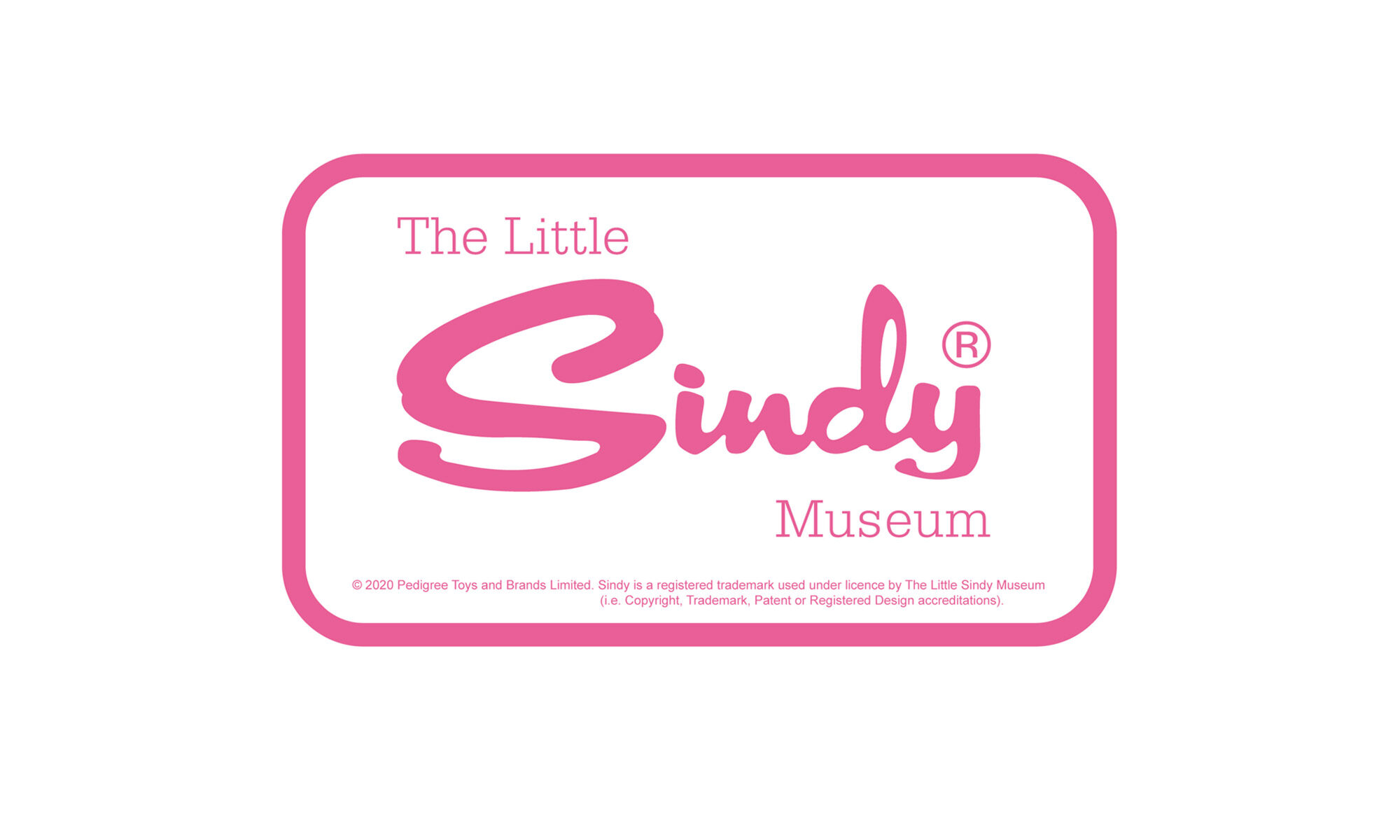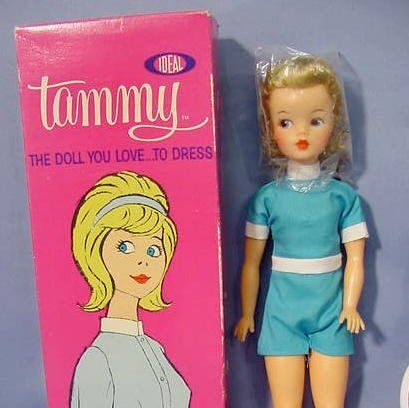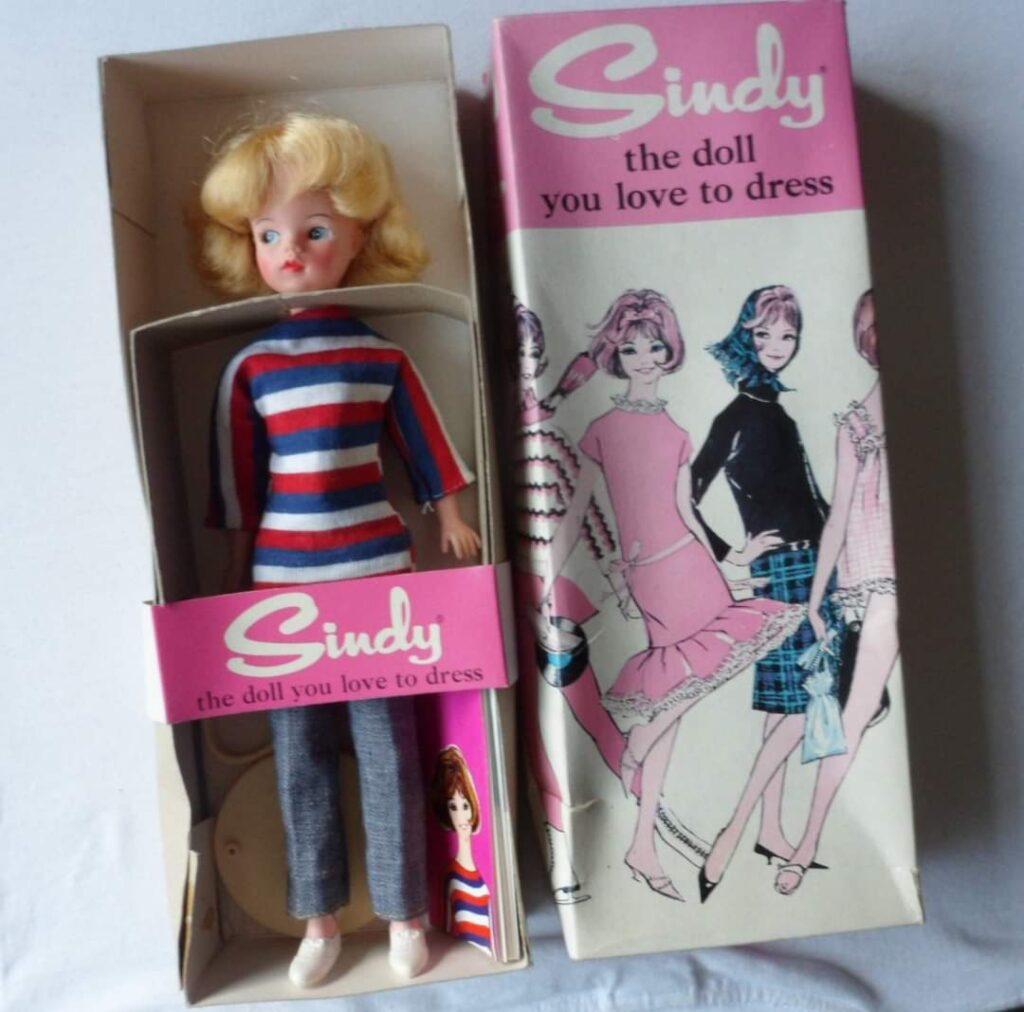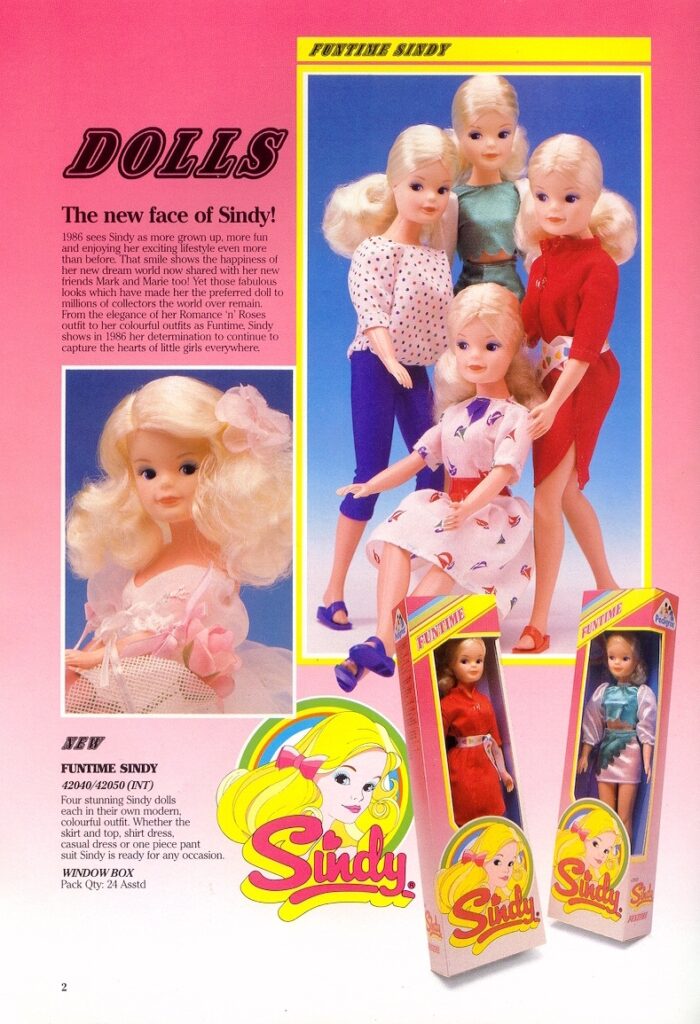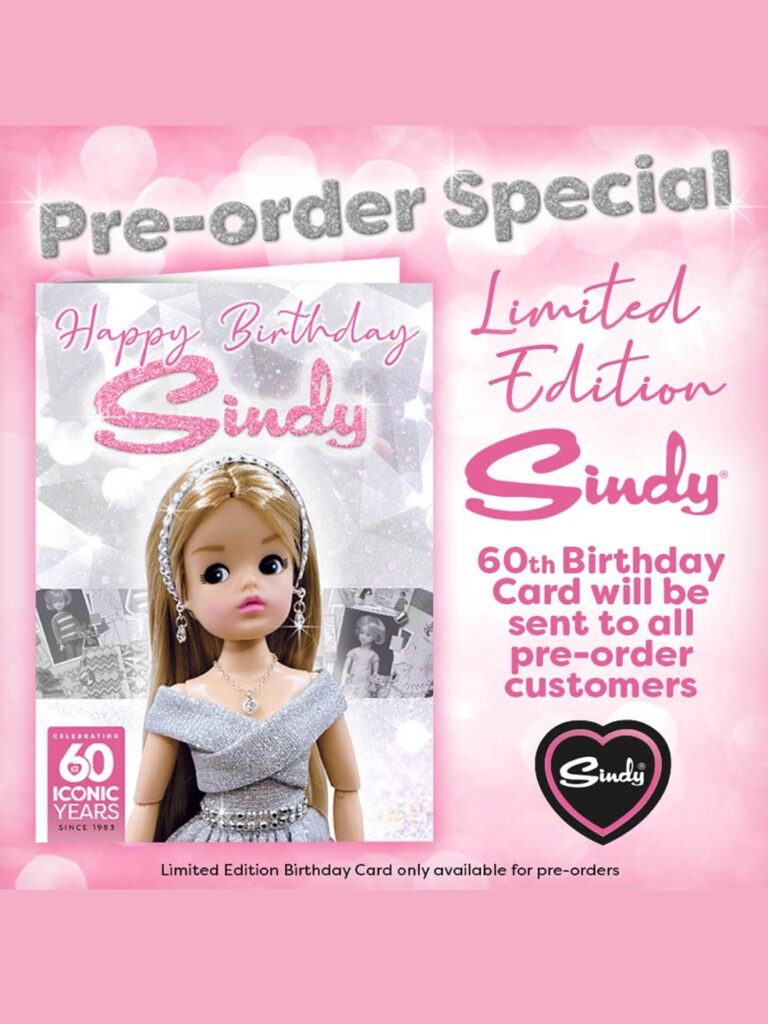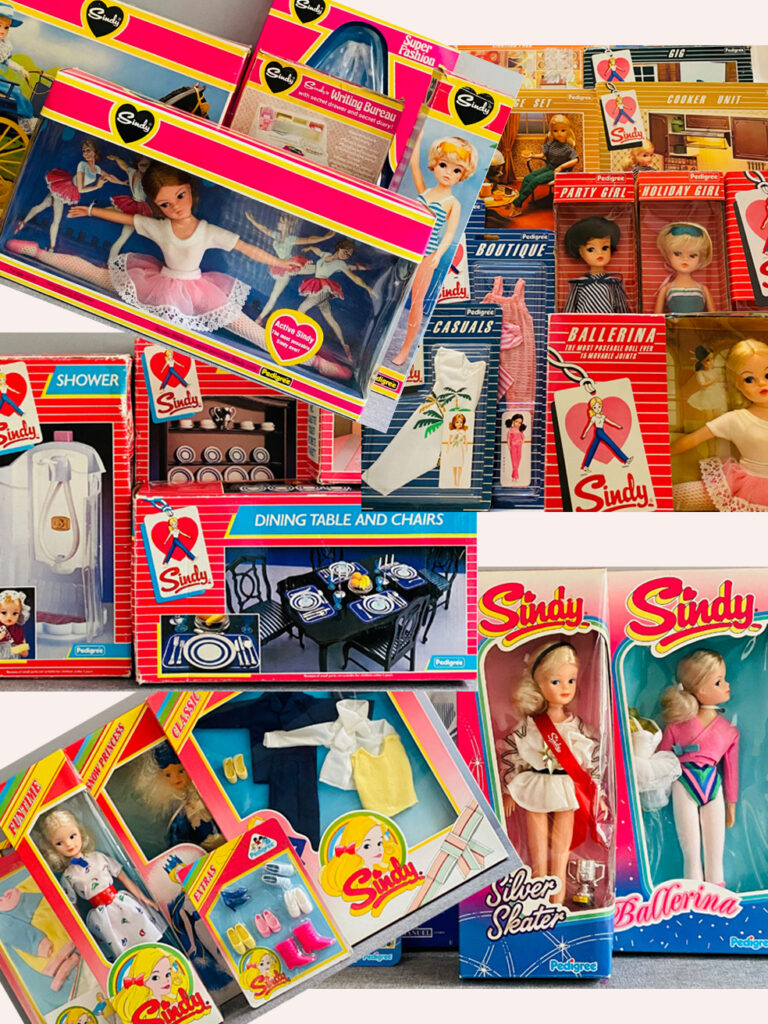When you scroll down in this section you will find:
FOREWORD . HISTORY . FUN FACTS . THE SINDY PACKAGE DESIGN
For a closer look and more information, click on an image below.
FOREWORD
A museum needs to know a lot of facts that comes from true and certain sources. Now a days it’s easy to find a lot of facts on the internet but I was really surpriced about how hard it is to get facts from proven sources.
I have had great help from Director and Chairman Mr. Jerry Reynolds at Pedigree when I have had queastions.
Sadly he told me that no original paper documents can be found at Pedigree anymore:
“WHEN CANTERBURY WAS CLOSED IN 1986 VARIOUS FILES WERE RETAINED FOR FIRST 10 YEARS OR SO, SADLY THOSE FILES WERE DESTROYED IN LATE 1990’s”
So, if you have any information from documented sources regarding Pedigree Sindy, please contact the museum and help to keep the history of Sindy alive!
HISTORY
TLSM is proud and honoured to have author/editor Susan Brewer as the superb writer of this History of Sindy, below:
The Doll You Love To Dress! By Susan Brewer
Pedigree’s Sindy burst into our lives through the power of television in September 1963, promptly putting her at the top of every young girl’s wish list and making every other doll around look suddenly ‘old fashioned’. She certainly caught retailers on the hop, and, panic-stricken, they rushed to their suppliers to stock up so that they could deal with all the eager-to-buy girls who had immediately rushed to the toyshops. Not only was she the first UK toy ever to be advertised on British television, but in addition she was a completely new concept.
But why? What was so special about this young teen doll that caused so much excitement? Well, up until then the majority of British dolls were babies or toddler types, and although a few manufacturers, including Pedigree, had experimented with teenage dolls these tended to be large, bulky dolls with mature faces, dressed in formal clothing. This new Sindy doll was slim, pretty, with a young-looking face, and was wearing jeans and a top, just like the average girl. She was a sensation. At the time, Mattel’s Barbie was relatively unknown in Britain; she was American and not that many American dolls were imported. Besides, British children didn’t understand the American high school culture and so her sophisticated face and glamorous clothing had little appeal. Sindy was something very different.
When she first appeared she wore the iconic ‘Weekenders’ outfit of a patriotic red, white and blue striped long-sleeve top and blue jeans, teamed with white sneakers. It was designed by Marion Foale and Sally Tuffin, who were renowned in the sixties for their trendy fashions for women. They designed a few other Sindy outfits too. Pedigree Toys Ltd was one of the most important doll makers at the time, and they created Sindy as a twelve-inch high doll with a slight smile and side glance eyes. Her rooted hair was styled in a short bob. She had a body and legs made from a hollow plastic which was quite hard, while her head and arms felt soft. Initially, she was only available wearing Weekenders, but then Pedigree, probably after seeing the doll featured in the popular knitting and sewing magazines of the time, must have realised that they were losing out. Girls wanted something to spend their pocket money on, so why not produce lots of outfits? Lunch Date’, ‘Dream Date’, ‘Shopping in the Rain’, and ‘Leather Looker’ were just a few of the fashionable outfits that appeared and were snapped up by eager buyers.
In 1965 Sindy was given a boyfriend, Paul, no doubt named after the most popular member of the Beatles, a group from Liverpool, who had soared to fame. The Paul doll had moulded hair at first, but later was given rooted hair in a kind of Beatle cut. A year later, Sindy gained a younger sister, Patch, perhaps named after the patch on her dungarees. Patch was advertised as ‘That rascal Patch’ though no one was quite sure what she had done! Of course, both dolls had many additional outfits, but after three years Paul was discontinued, and even the much-loved Patch had disappeared by 1972.
The 1970s saw a more updated Sindy with a body that became more flexible over the years, later becoming even more poseable, with twisting wrists, bending knees and jointed ankles. Sindy’s face became prettier, too, with a softer expression, and her hair was longer. The ballerina dolls that first appeared in the 1970s arguably became the most loved of all. This agile Sindy could even do the splits! During the 1970s and 80s her popularity soared, and many of her outfits were stunning. She could even boast of being dressed by David and Elizabeth Emanuel, makers of Princess Diana’s wedding dress, who produced outfits for Sindy such as ‘Scarlet Lady’, ‘Romantica’, and ‘Misty Mauve’. By now Pedigree was making clothing for all occasions, following the latest trends, while outfits such as ‘Masquerade’, ‘Space Fantasy’ and ‘Romance and Roses’ enabled young girls to indulge their make-believe worlds. In addition accessories such as cars, tents, caravans, horses and large houses were all available, as well as furnishing items on a grand scale, from ‘working’ fireplaces to cookers. Sindy was going from strength to strength.
But then, in 1986, something really weird happened. She changed her face. No longer was she sweet and demure; she seemed have developed a lop-sided smirk and the face seemed slightly more mature. By now Sindy had gained masses of adult collectors and many of them were outraged, though children weren’t so worried. After all, there were now plenty of other teen dolls on the market so it’s unlikely that Sindy was regarded with the same affection.
There was more to come – the following year, there was even more of a shock when Pedigree announced they would no longer market the Sindy doll, instead passing the franchise on to Hasbro. Initially, there wasn’t too much of a change, she still had her smirk, but gradually she transformed from the wholesome ‘girl next door’ Sindy. She became suntanned, slimmer with a more shapely body and a toothy smile; she was evolving into a Barbie look-a-like. By now, Barbie was freely available in British toyshops, and children were beginning to favour her with her glittery gowns and jewellery.
Barbie’s American makers, Mattel, were so angry that they sued and Hasbro had to alter their doll. In 1999, the franchise passed to Vivid Imaginations. They gave her a new boyfriend, Robbie, and many imaginative outfits, and then in 2003 Pedigree granted a company called New Moons the right to use the Sindy name. New Moons shrunk Sindy to just 6 inches high. Nevertheless, the dolls were cute, with attractive costumes, but they didn’t really catch on, even though the following year they made some regular size 11 inch dolls. So the franchise passed to Chad Valley who sold the dolls through Woolworths. When Woolworths closed in 2009, it really seemed as though Sindy was no more.
Then, a few years ago Pedigree let Tesco use the name, but unfortunately the Tesco dolls were not Sindy as her fans knew her. These Sindys were intended for very small children and depicted young girls, not teens. They came in two sizes, 18 inches and 7½ inches. Although nice dolls in their own right, they couldn’t claim to be a Sindy teen. Was this to be the last of our beloved girl?
No! The Kid Kreations Company released a collectors’ line in 2020, which was true to the original Pedigree fashion doll Sindy – same height, attractive clothing, and similar face though slightly modernised to reflect the current trends.
Even more exciting, Sindy will now shortly be appearing as a play doll again, with a range of dolls depicting her in various guises. They include a fashion blogger, pet parlour owner, salon stylist and a maker of delicious cakes, as well as, of course, those perennial favourites ballerina and a horse rider – complete with horse. Best of all, Sindy has the much-loved 1970s face.
Hopefully modern children will get to know and love Sindy and her world, just as much as their mothers and grandmother did, and still do!
Susan Brewer, October 2021.
For more information about Susan’s work visit http://www.britishdollshowcase.co.uk/
HISTORY by Pedigree
Click on the years below to get to a capture of Sindy’s website and read what was written in Pedigree’s “name” by that time.
History of the Pedigree Sindy, by TLSM
Before there was Sindy there was Little Miss Vogue, Pedigree teenage vinyl dolls. “A new concept of the teenage doll and her wardrobe, to win the heart of the older girl and the imaginative adult”
Click on the picture to learn more ->
A few years after Miss Vogue, Pedigree (Lines Bros) wanted to have a new kind of doll. In the early 60’s the USA company Ideal Toys and UK Lines Bros worked closely together. Ideal Toys had launched “Tammy”, styled as ‘girl next door’ in 1962 and she became the forerunner of Sindy.
<- Click on the picture to learn more
Sindy was launched in UK in 1963, one year after her forerunner Tammy, and Pedigree (Lines Bros) reached agreement with Ideal Toys that Sindy could exclusively use “The doll you love to dress” in all Sindy markets.
The photo on the right is taken by Belinda Bedworth and the doll belongs to her collection.
One of the biggest changes of a Pedigree Sindy doll, from one year to another, came in 1986 when both Sindy’s head (face) and body (not the active body) got a makeover and changed quite radically.
Click on the picture to see more.
The photo on the left is shown with the kind permission from Pedigree.
In the summer of 2023 Pedigree MD, Matt Reynolds, told about the new direction (target group is now baby and toddlers) for Sindy, on a video at Dollycon. The photos below is how the items can look.
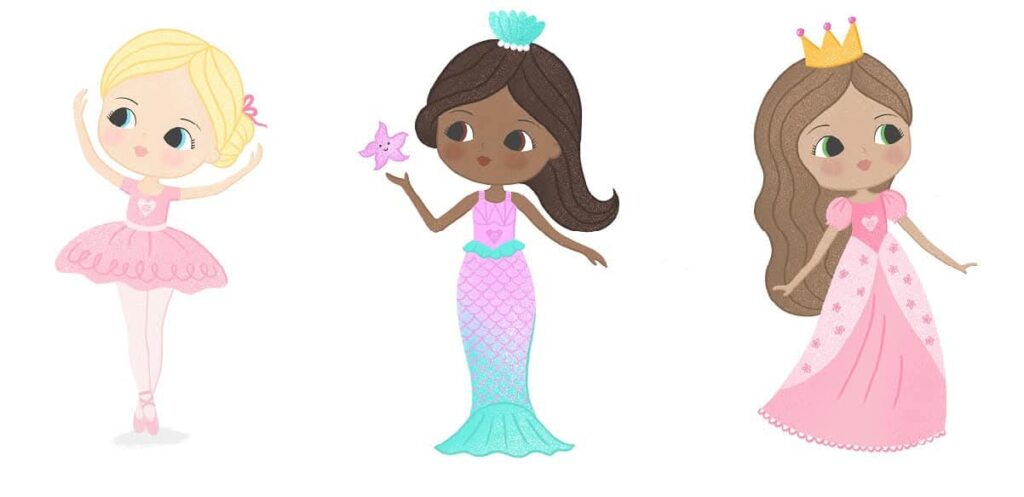
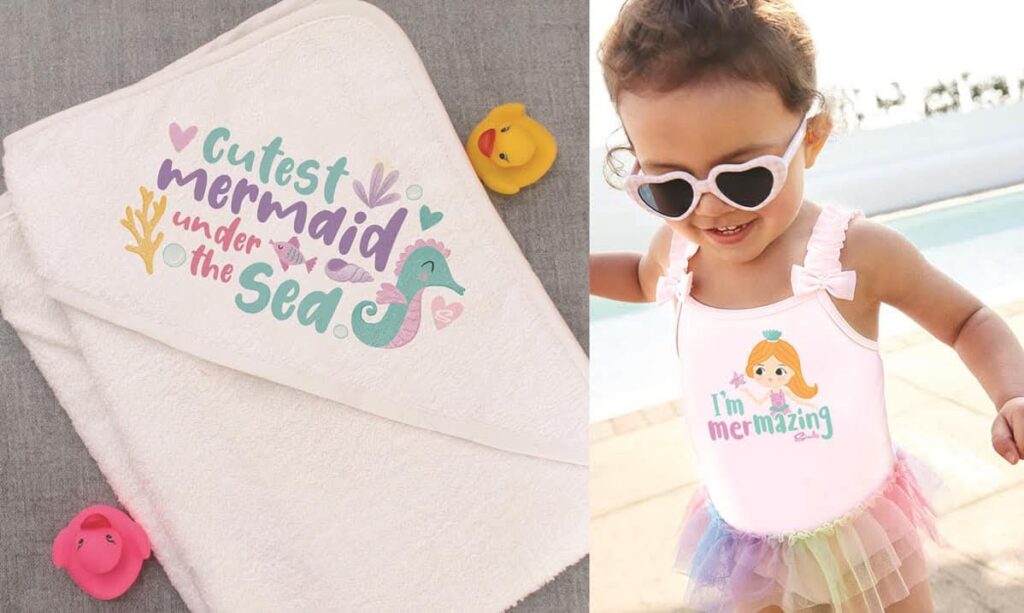
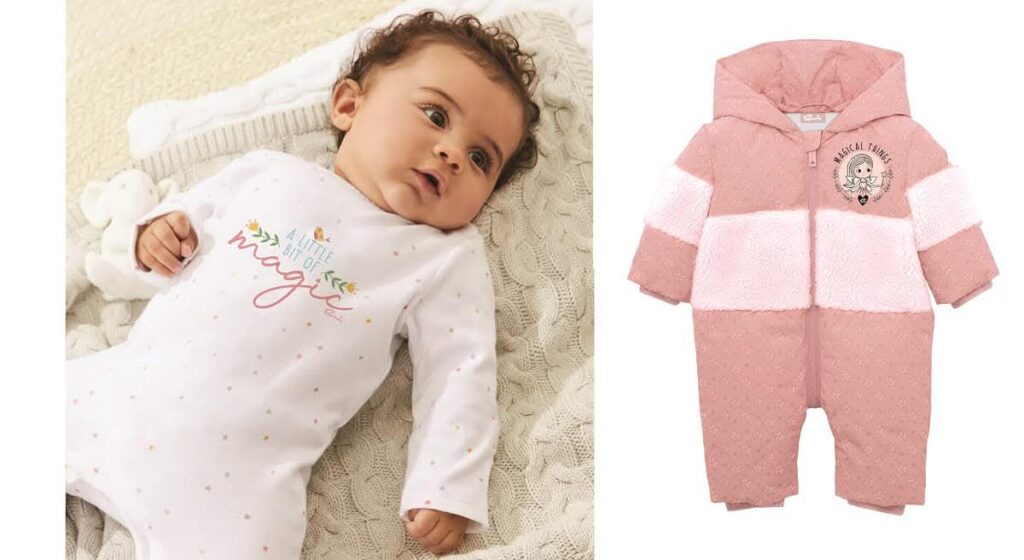
After the reveal, a lot of the Sindy collectors were shocked and very sad. The hopes for more Sindy collectors and/or play dolls went out of the window.
But on September 6, 2023 Sindy Vintage Facebook page (The official fan page for the Great British nation’s sweetheart, Sindy) wrote:
“Pedigree are delighted to announce the launch of a special Limited Edition Sindy 60th Anniversary Doll.
These are numbered dolls ‘X of 1,963’. A pre-order will be open on our Pedigree website within the next few days…”
Next big announcement came in the summer of 2025, on Vintage Facebook page:
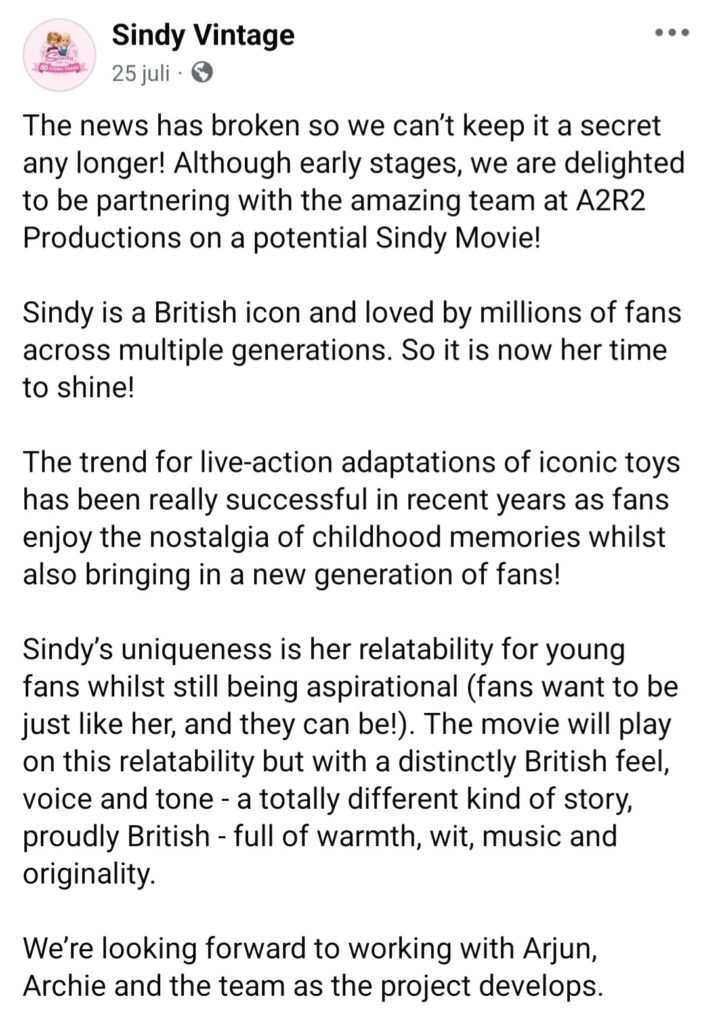
Here are some links if you want to read more about this: Hollywoodreporter, The Telegraph.
A lot of people in the Sindy community started to comment about how the actress should look, to make most justice to Sindy. And as most of us know, the “correct” Sindy look is from the period in our childhood when we played with Sindy ourselves.
So I did an experiment with merging all Sindy’s faces together, from 1963 until 2023 and this, below, is the face that appeared.
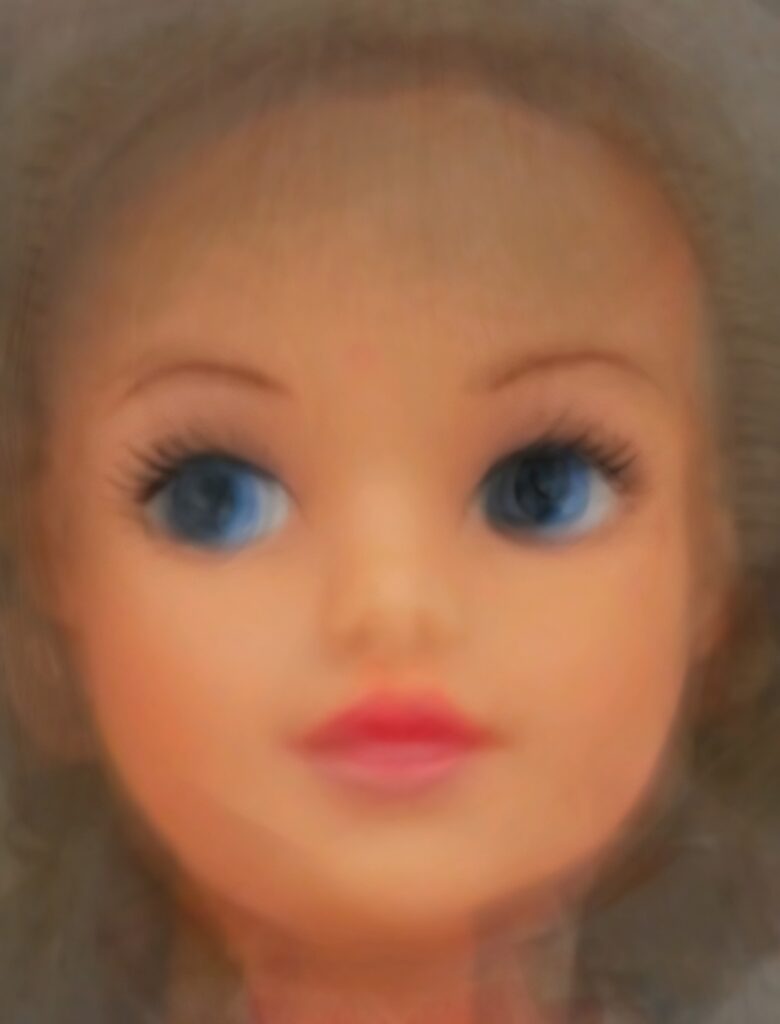
A brand new Sindy book ’21st Century Sindy’ by Rachel Godfroy, is in the making! TLSM is looking forward to have a look in it when it’s out and will have it at The Little Sindy Museum, for everyone who visit, to enjoy!

FUN FACTS
And a non winner… Lovely memories shared by Andrea Jaques about the 1974 Kellogg’s Sindy Competition!
Hej
As you probably know this site is work in progress and I add information day by day. So nothing is complete but hopefully the things already here can be of some interest to you!
Matthew Hadley has done great research about the Sindy package design and shares it here with TLSM: Sindy – Changing with the times 1983-1986
Matthew Hadley says: “Pedigree had always kept Sindy relevant and evolving, and over the years her packaging had moved with the times.“
Sindy’s Dressing Table/Piano Stool: Different variations of fabric
Please, if you have information regarding Sindy or anything related to her, contact The Little Sindy Museum! This will help all visitors, today and in the future, to learn more about the wonderful world of Sindy!
